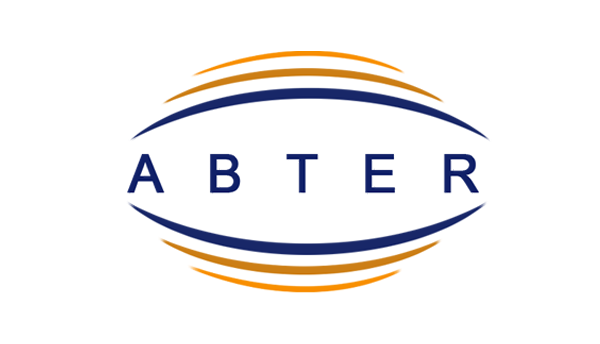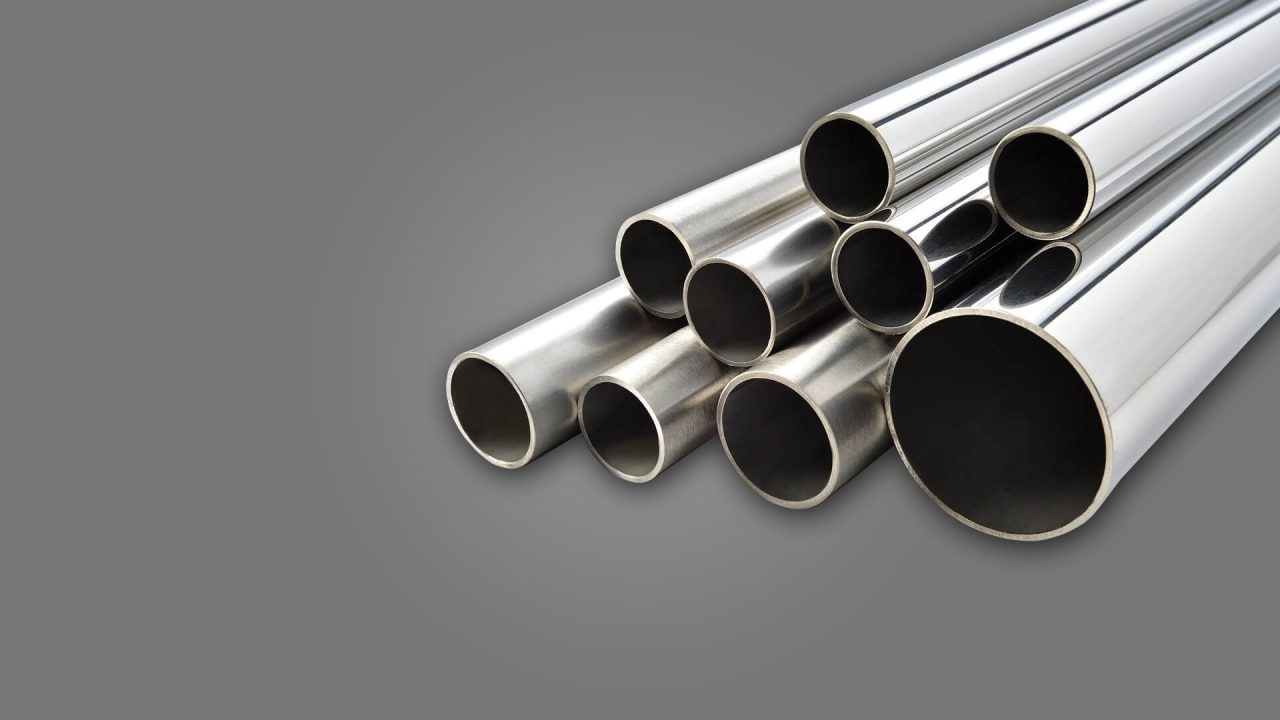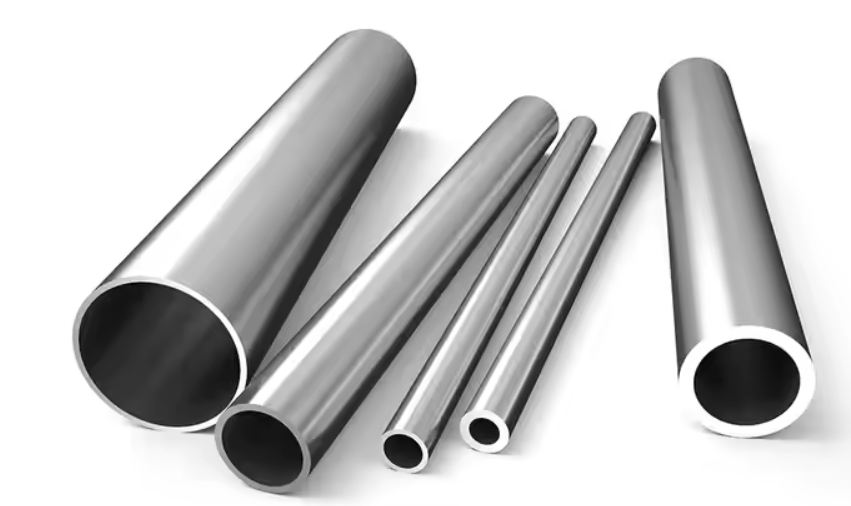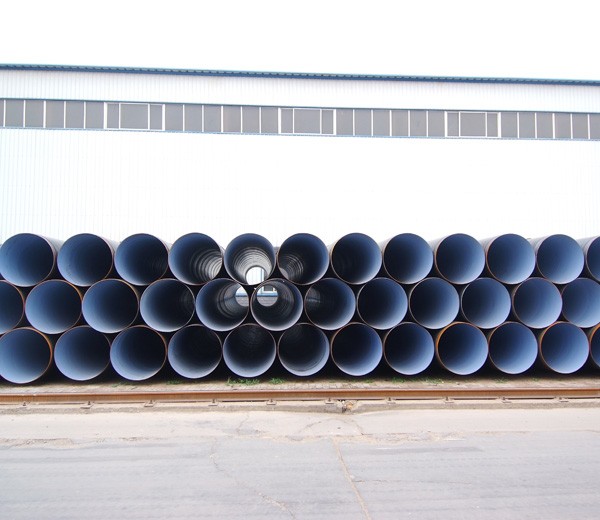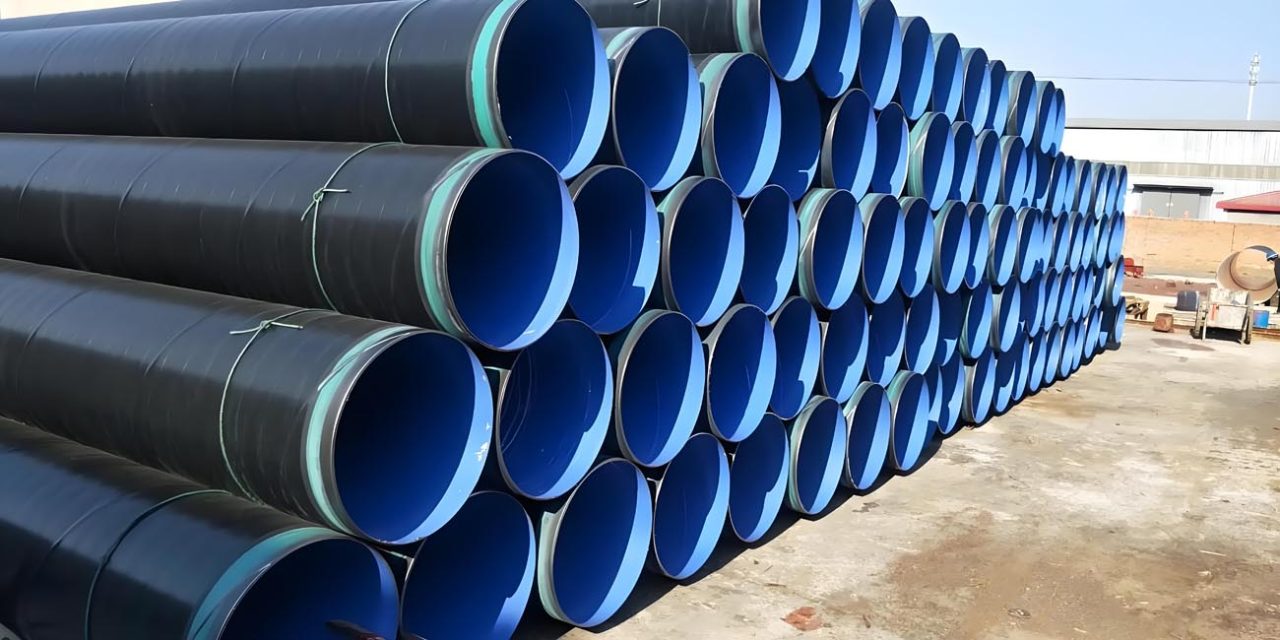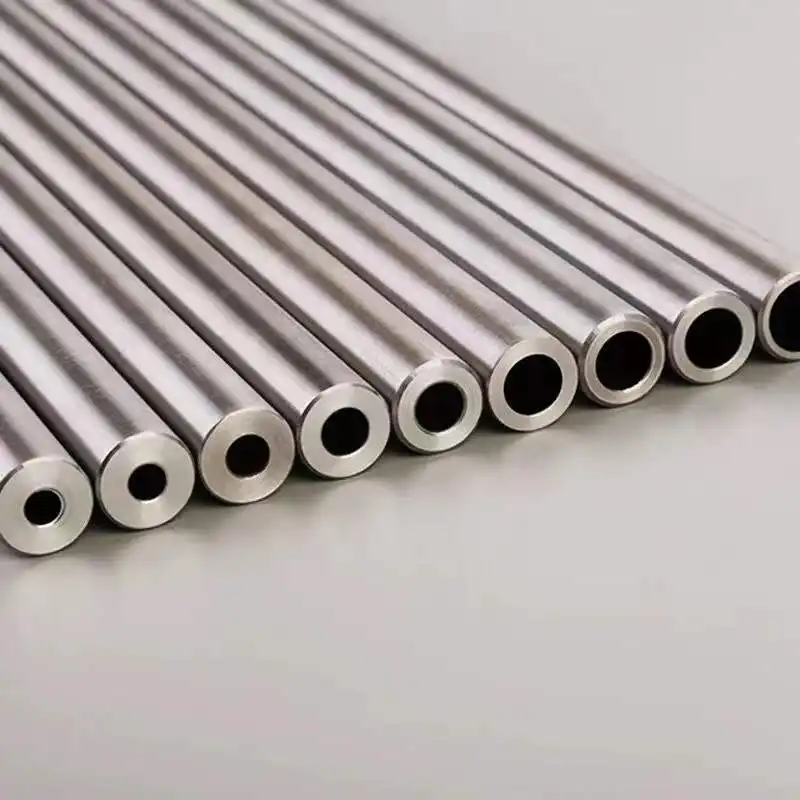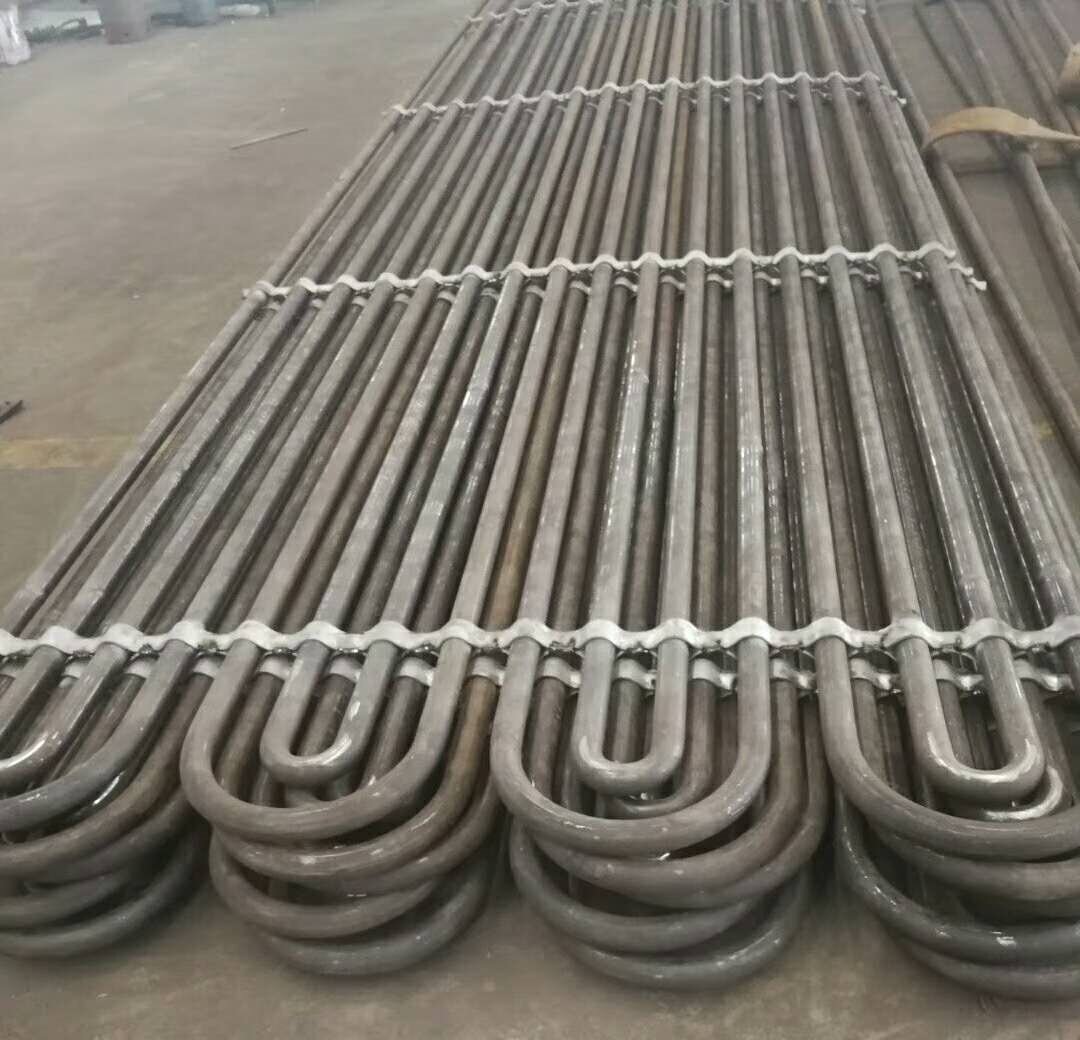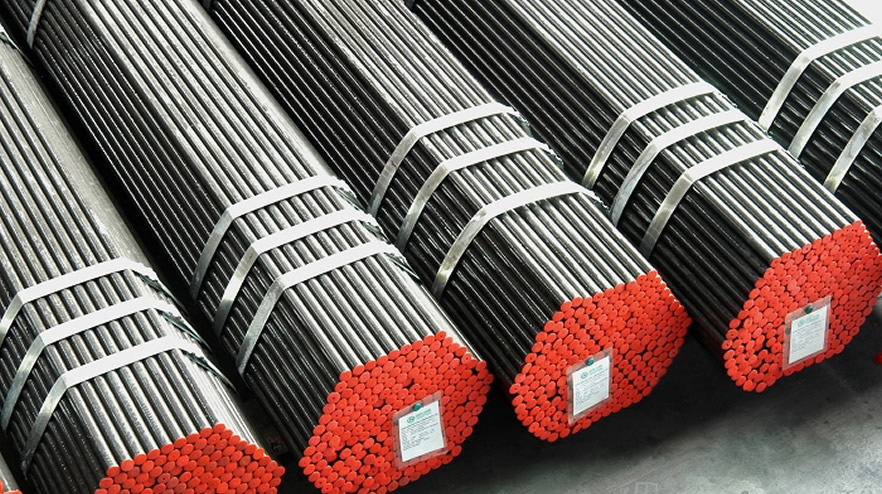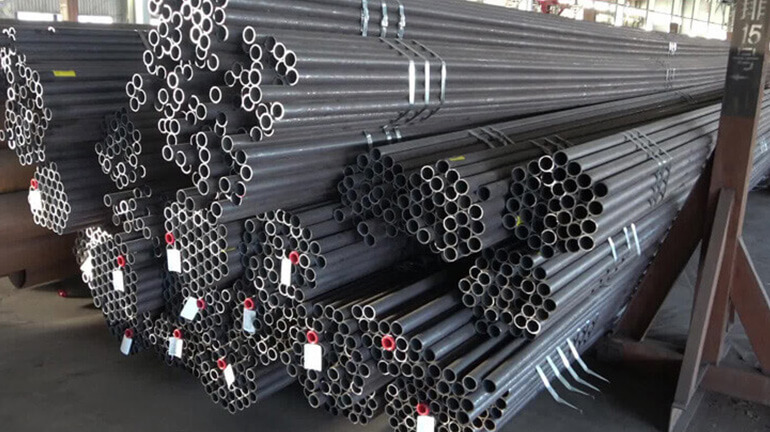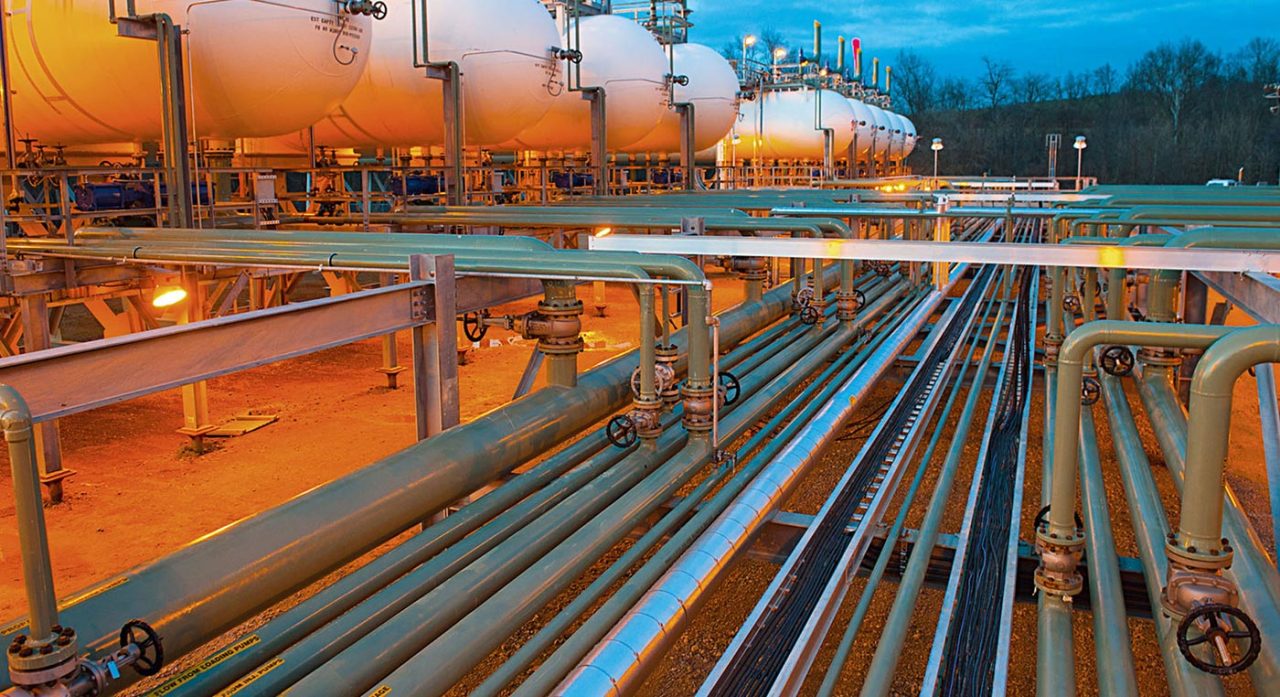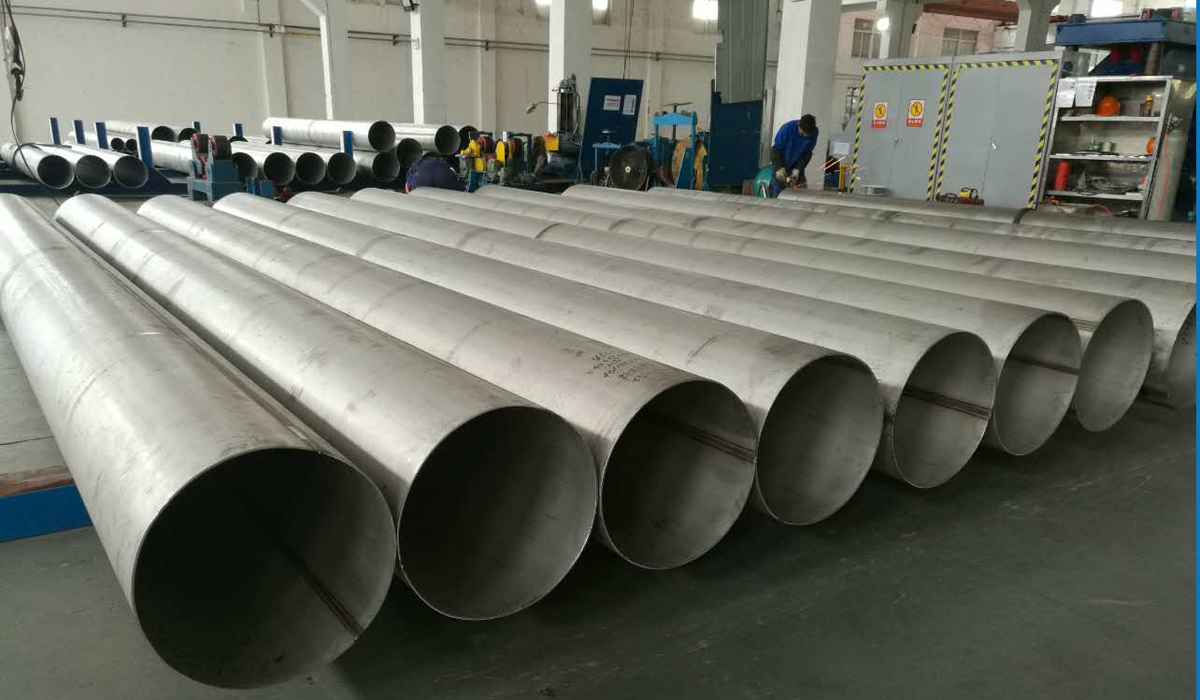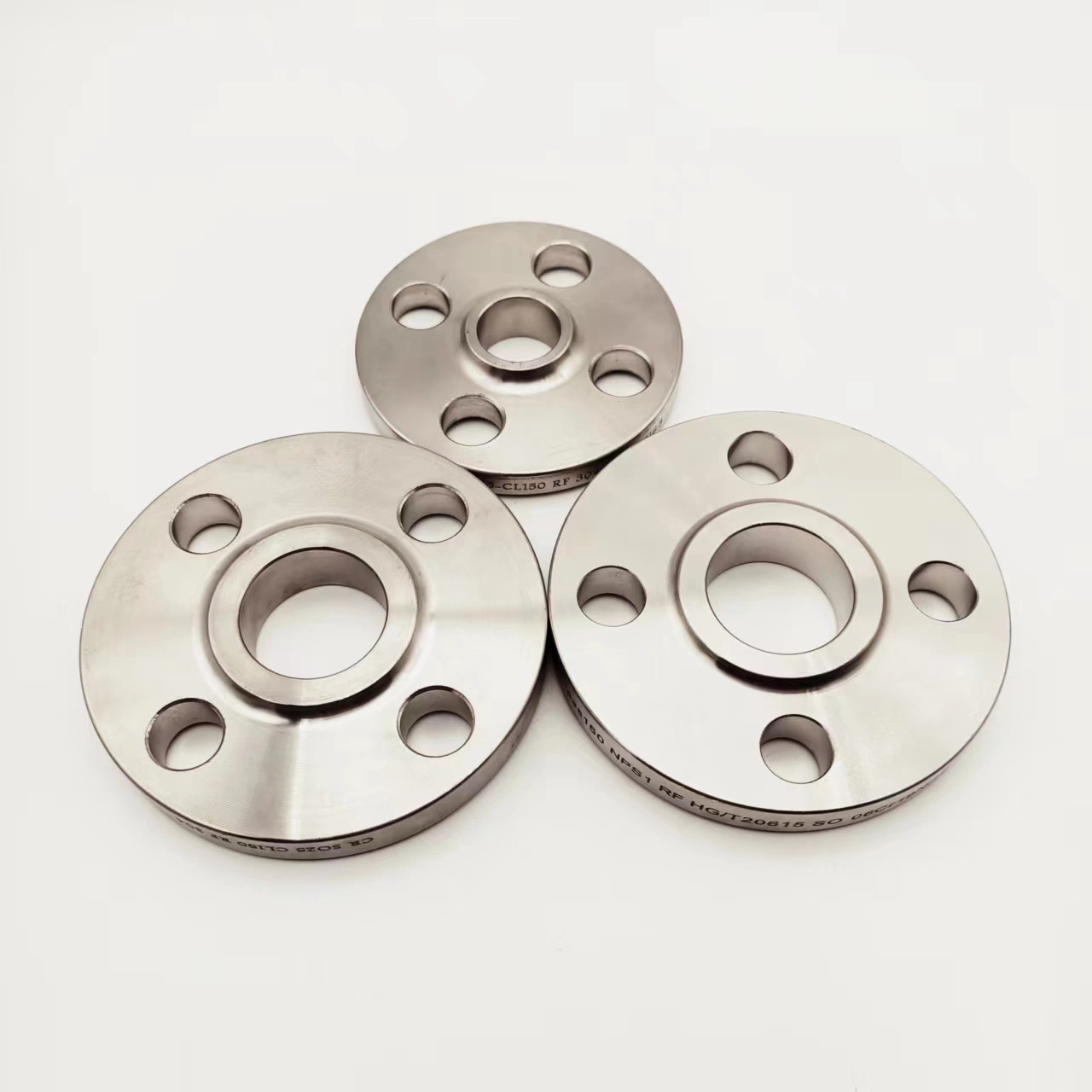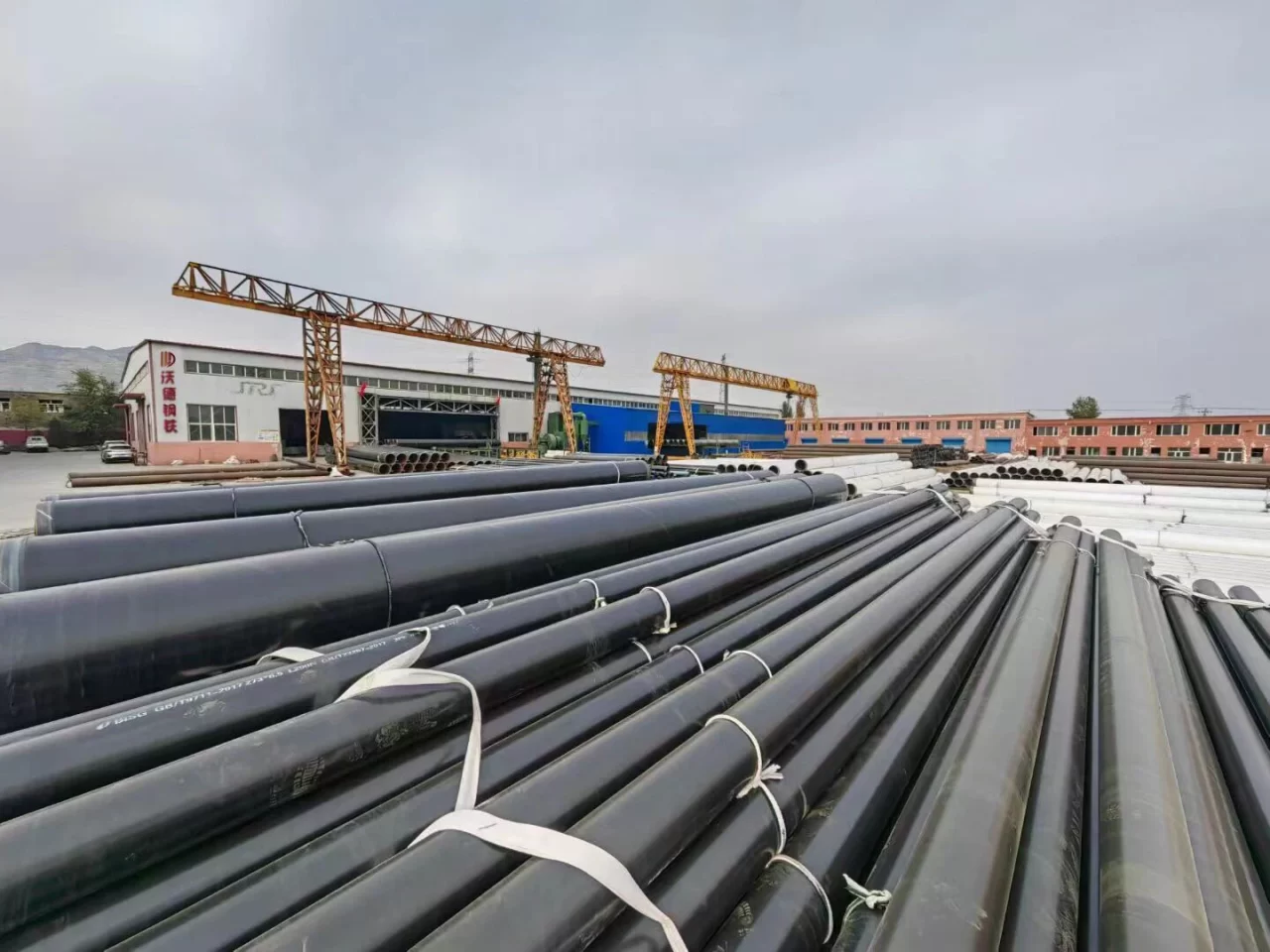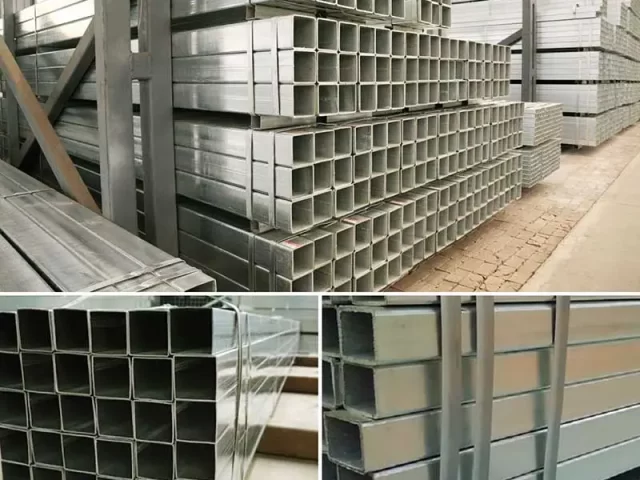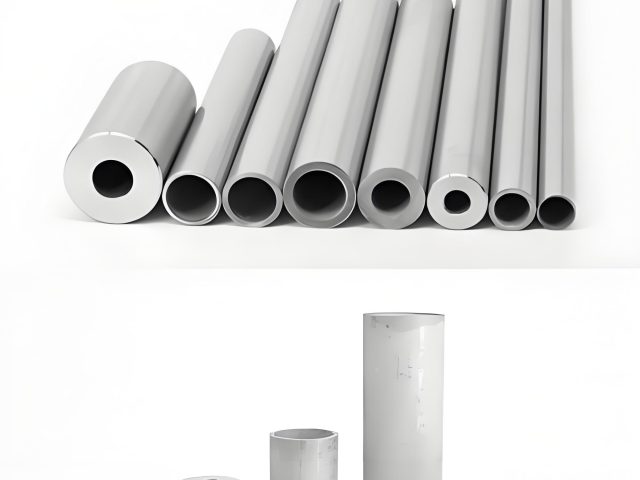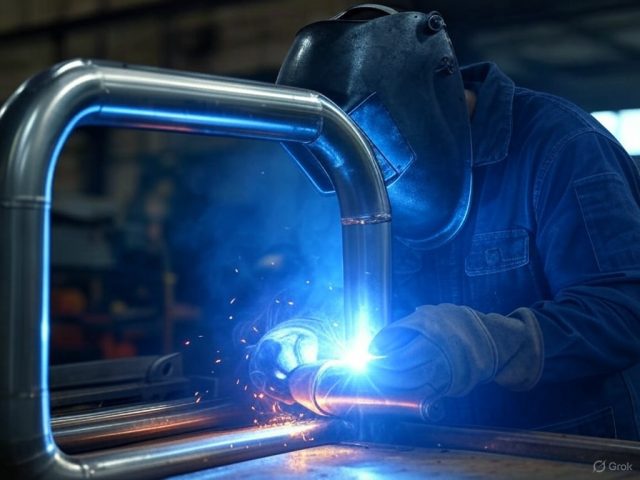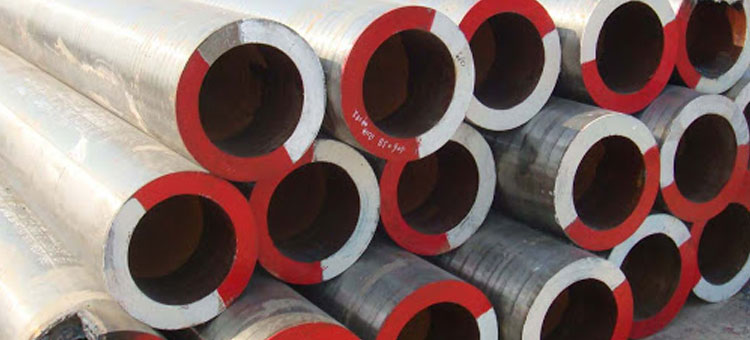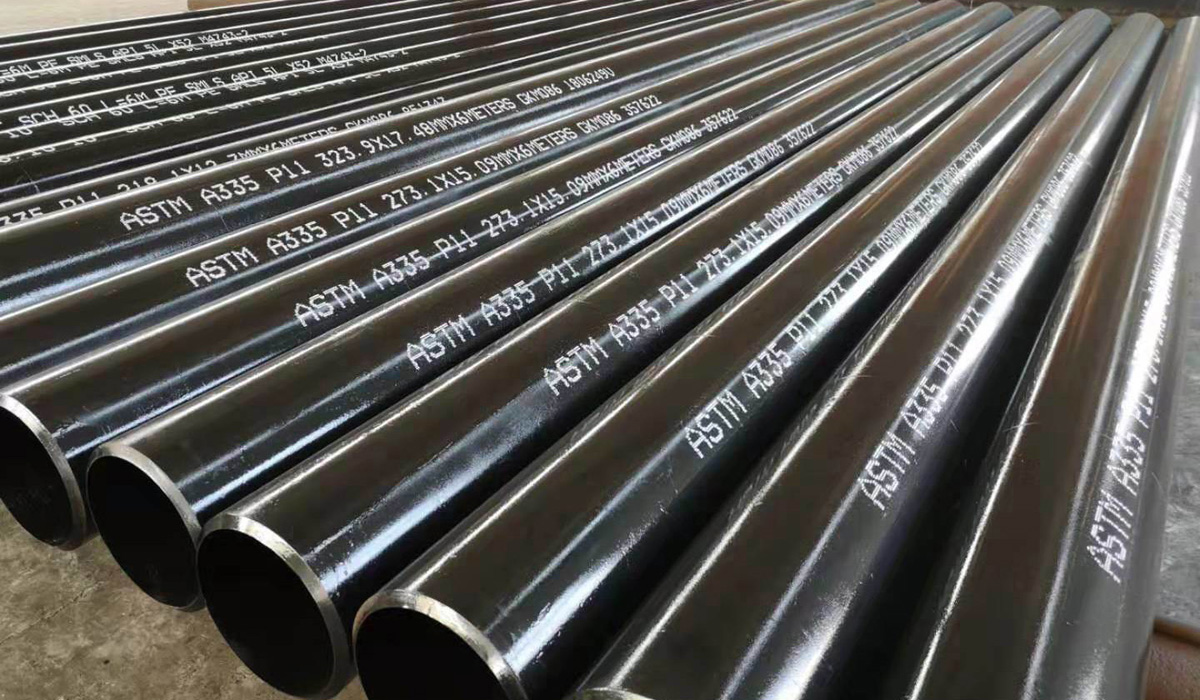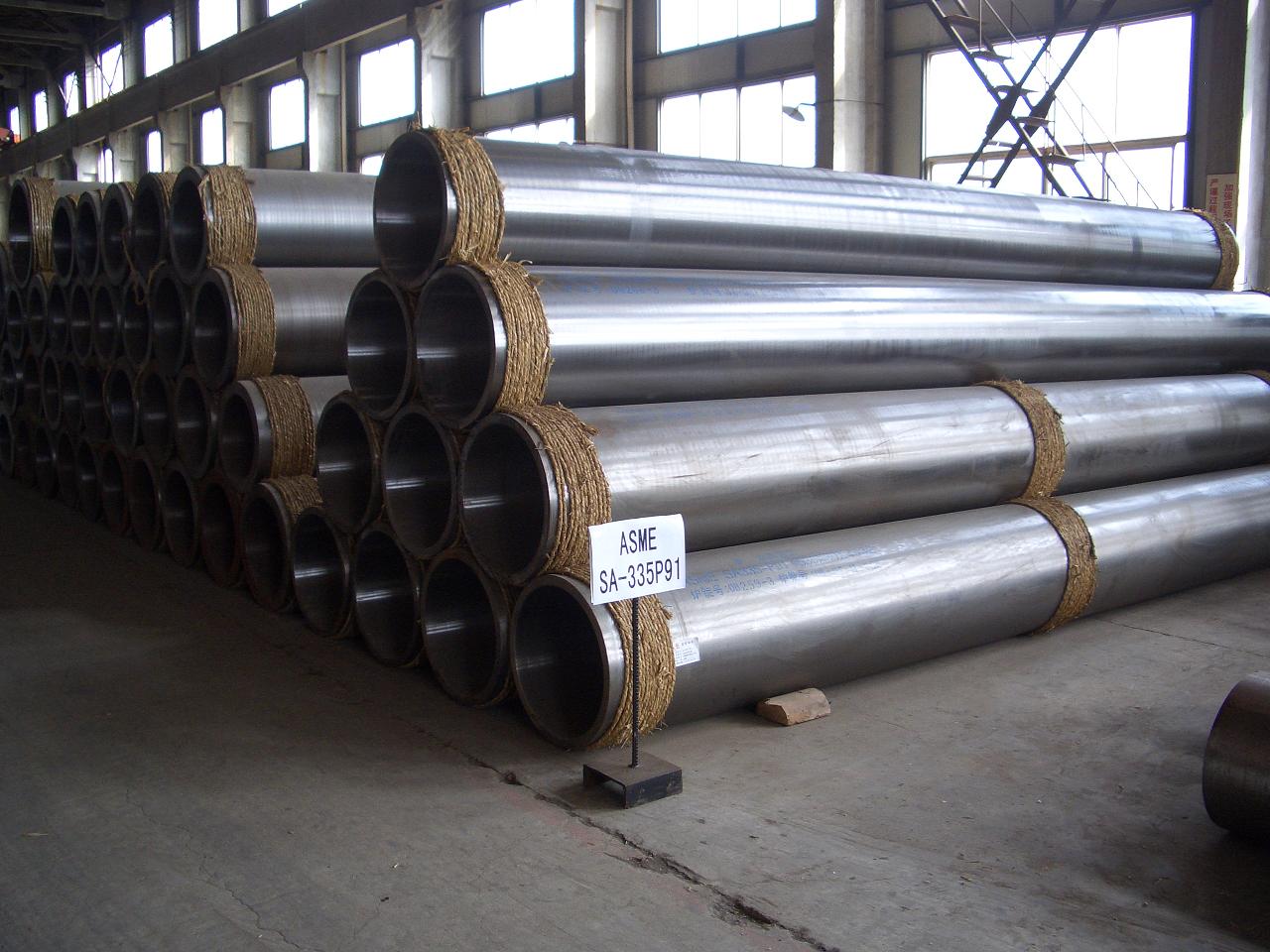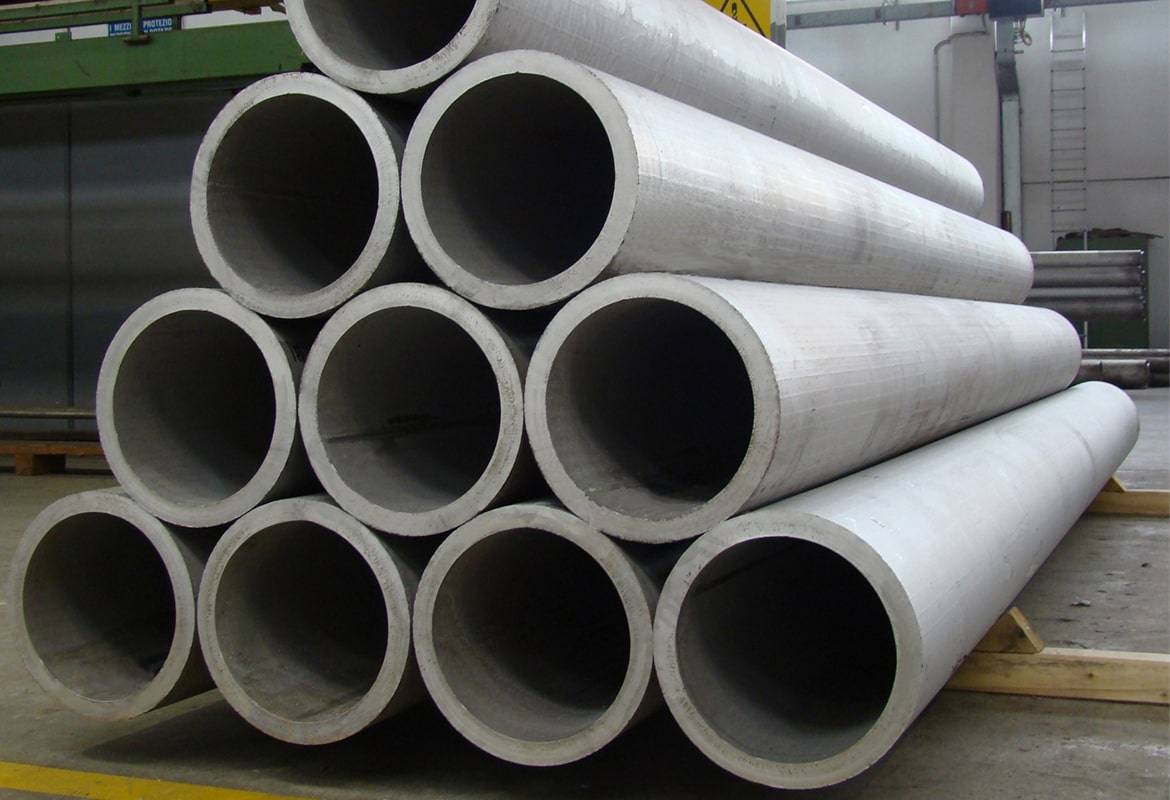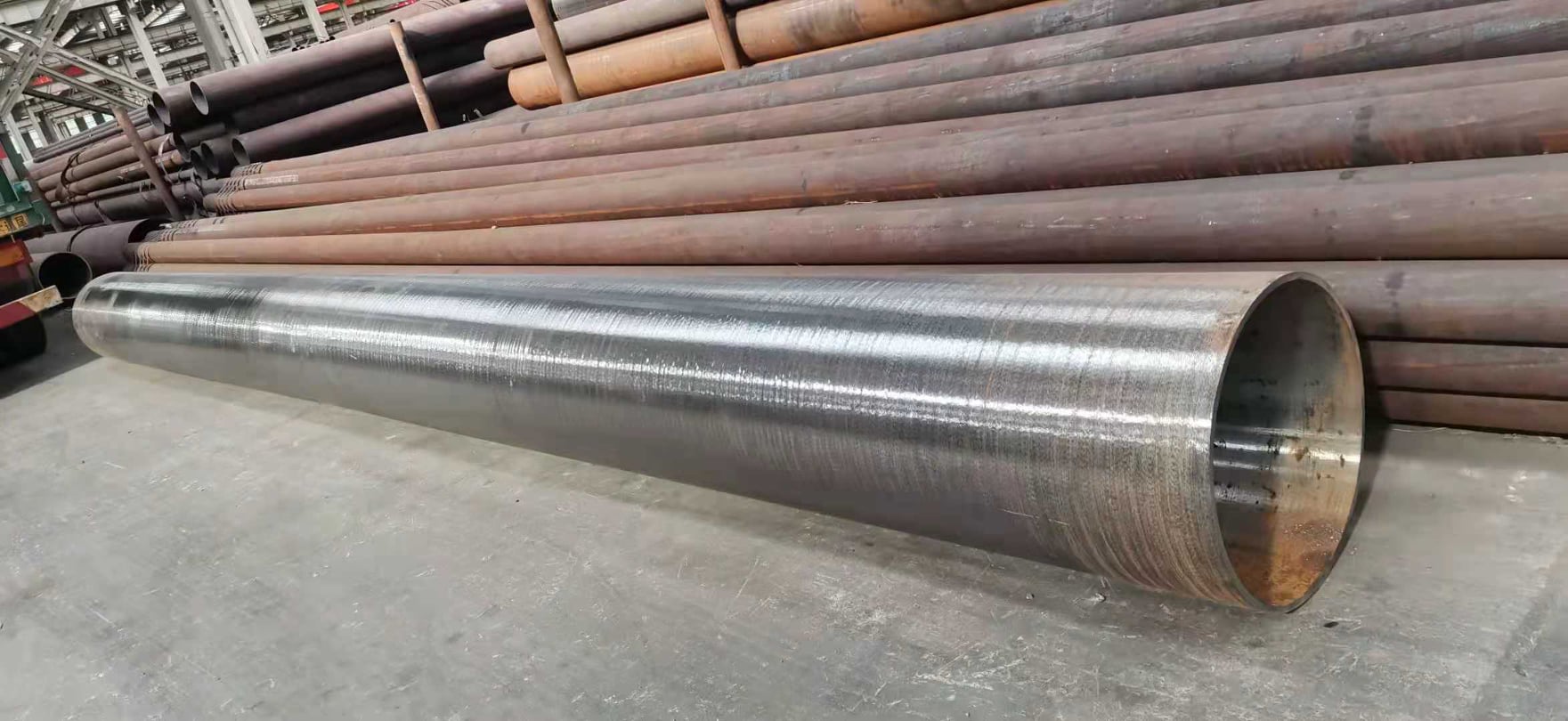These tables provide a snapshot of the composition and properties of GH3030 superalloy, illustrating why it is favored for high-temperature and corrosive applications. The balance of nickel ensures excellent corrosion resistance, while chromium and iron contribute to the alloy's strength and oxidation resistance.
سبتمبر, 2024 » ستانلس ستيل & أنابيب سبائك الصلب | 2الأنابيب المطلية بـ PE 3PE | تجهيزات الأنابيب - تكنولوجيا خطوط الأنابيب R&مصنع د
The manufacturing of alloy steel pipes involves a series of complex processes, from raw material selection to quality control and testing. Each step is critical for achieving the desired properties and dimensions, ensuring the pipes meet the stringent requirements of various industries. By understanding the intricacies of these processes, manufacturers can produce high-quality alloy steel pipes that offer superior performance and reliability in demanding applications.
Selecting the appropriate pipe coating involves considering the specific requirements of the project, including environmental conditions, mechanical stresses, and budget constraints. Each coating type offers unique advantages and disadvantages, making it essential to evaluate them in the context of the intended application. By understanding the properties and limitations of different coatings, decision-makers can choose the best option to ensure the longevity and reliability of their pipeline infrastructure.
The three-layer polyethylene coating system is a highly effective method for protecting underground pipelines against corrosion. By following a rigorous coating procedure, qualifying the applied coating, and conducting thorough inspection and testing, pipeline operators can ensure the long-term performance and reliability of their infrastructure. This comprehensive approach not only safeguards the pipeline but also minimizes maintenance costs and extends the service life of the asset.
Understanding the differences between mechanical and structural tubing is essential for selecting the right type for your project. Mechanical tubing is ideal for applications requiring precision and surface finish, while structural tubing is best suited for load-bearing and construction applications. By considering the specific requirements of your project, بما في ذلك خصائص المواد, عمليات التصنيع, والتكلفة, you can make an informed decision that ensures the success and longevity of your application.
يتضمن اختيار المادة المناسبة لأنابيب المبادل الحراري تحقيق التوازن بين عدة عوامل, including corrosion resistance, توصيل حراري, القوة الميكانيكية, cost, and compatibility with the fluids. By carefully considering these criteria, engineers can choose materials that optimize the performance and longevity of the heat exchanger, while also meeting budgetary and regulatory requirements.
This overview provides a foundation for understanding the complexities involved in shell and tube heat exchanger design. For a more detailed analysis, engineers often use specialized software and tools to model and simulate the performance of these systems under different conditions.
يعد اختيار أنابيب المبادل الحراري عملية متعددة الأوجه تتطلب دراسة متأنية للمواد, تصميم, والظروف التشغيلية. من خلال فهم هذه المعايير ودمج أفضل الممارسات, يمكن للمهندسين ضمان الأداء الأمثل والكفاءة في أنظمتهم.
يمثل اختيار المواد عامل تصميم رئيسي يحكم موثوقية وتكاليف المبادل الحراري على المدى الطويل. بينما يهيمن الفولاذ الكربوني على العديد من تطبيقات درجات الحرارة المنخفضة, مقاومة ممتازة للتآكل وقوة درجات الحرارة العالية تحفز استخدام الفولاذ المقاوم للصدأ, سبائك النيكل أو البطانات/الطلاءات خاصة لظروف الخدمة الصعبة. Performance must be balanced judiciously against constraints like budgets or weight to procure piping optimized for a heat exchanger's full service life.
باعتبارها طريقة البناء الأساسية التي تربط مئات الأميال من البنية التحتية لأنابيب الصلب التي تنقل الوقود الرئيسي, يمثل اللحام تقنية أساسية في صناعة خطوط أنابيب الغاز الطبيعي. لكن, ويتطلب تنفيذه القابل للتكرار والموثوق توحيدًا دقيقًا, يتحكم, وتدابير ضمان الجودة. يقدم هذا التقرير نظرة شاملة لعمليات اللحام الرئيسية, المتغيرات الحرجة, بروتوكولات الاختبار ومجالات التقدم التي تشكل الأساس لخطوط الأنابيب هذه لتحمل عقود من المهام الخطرة. Continued cooperation across disciplines will strengthen welding capabilities to support tomorrow's clean energy needs.
Various welding methods for stainless steel welded pipes have their own advantages and disadvantages. How to improve strengths and avoid weaknesses, combine several welding methods to form a new welding process to meet people's requirements for stainless steel welded pipe quality and production efficiency, is a new trend in the development of stainless steel welded pipe technology. After several years of exploration and research, the combined welding process has made progress, and Japan, France and other countries have mastered certain welding techniques for the production of stainless steel welded pipe. Combination welding methods are: argon arc welding + plasma welding, high frequency welding + plasma welding, high frequency preheating + three torch argon arc welding, high frequency preheating + plasma welding + argon arc welding. Combined welding increases the welding speed significantly. For combined welding with high-frequency preheating, the quality of welded steel pipe is equivalent to conventional argon arc welding and plasma welding. The welding operation is simple, and the entire welding system is easy to automate. This combination is easy to connect with existing high-frequency welding equipment. Low investment costs and good returns.
flat welding flanges are often used when the medium temperature and pressure are not high and the medium is corrosive. When the medium is corrosive. Rare integral flanges have flat and butt weld flanges. Flange fittings are flanged (flange or splicing) التجهيزات. It can be cast, and the flat welded flange is mainly a part that connects the pipe and the pipe to each other. According to the structure type. It can also be constructed by screwing or welding. Flange joints consist of a pair of flanges, a gasket and a number of bolts and nuts.
تدعم هندسة التركيب تحقيق التوازن الدقيق للقوة, ليونة, والاستقرار الحراري المطلوب لأنابيب خطوط الضغط العالي عند درجات حرارة التشغيل المرتفعة. تم إحراز تقدم كبير في تكرير هياكل الحبوب وتعجيل المراحل الثانوية المستقرة من خلال الإضافات الحكيمة للسبائك وحدها أو بالاشتراك مع طرق المعالجة الميكانيكية الحرارية.
مقر
نحن في كل مكان

